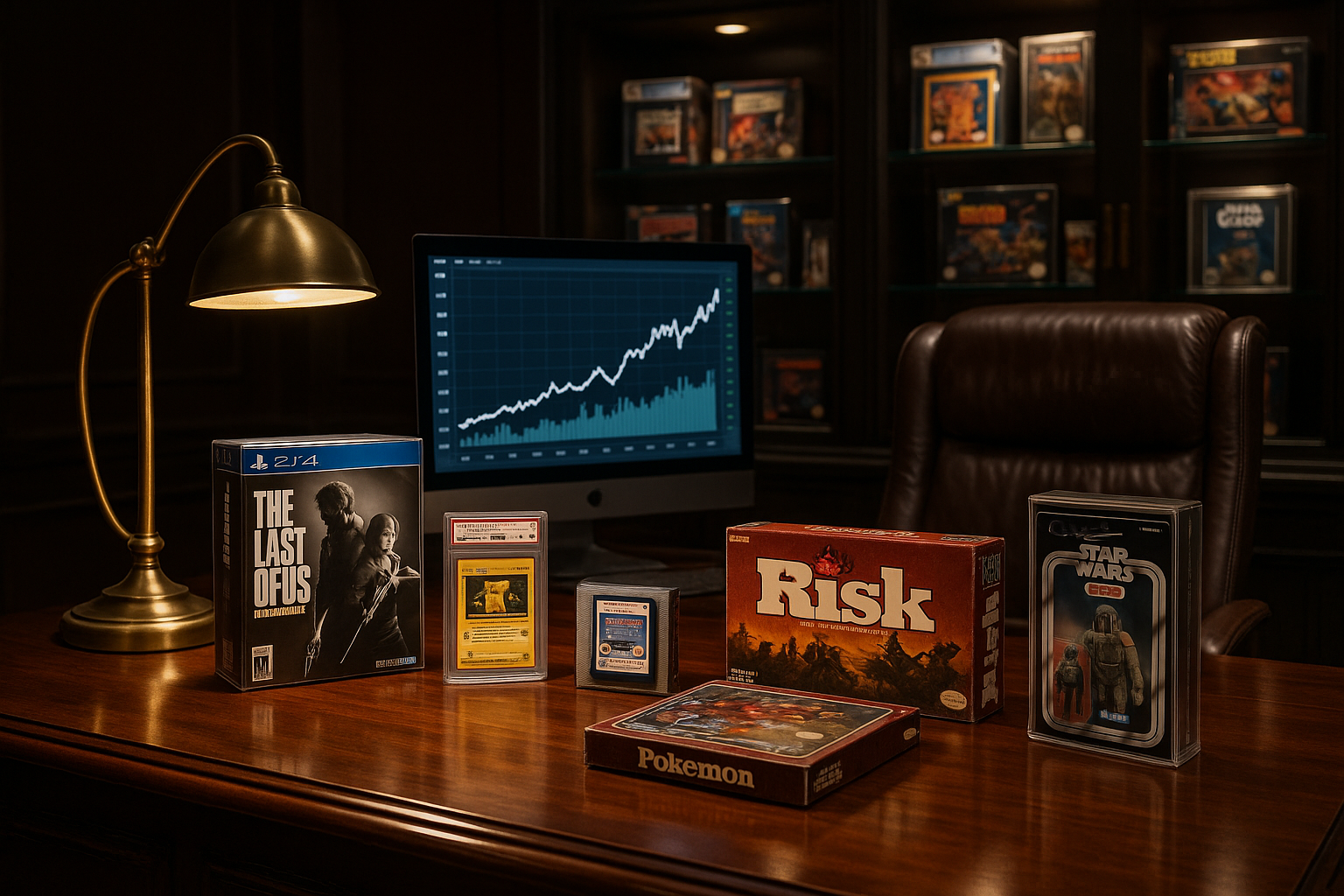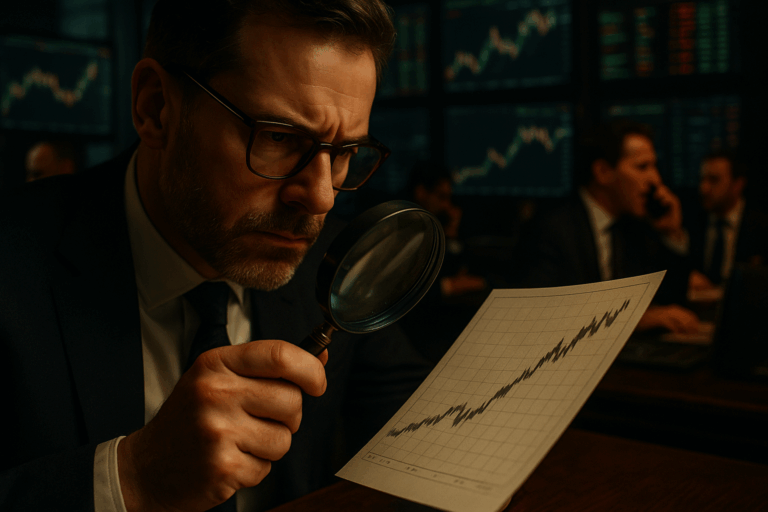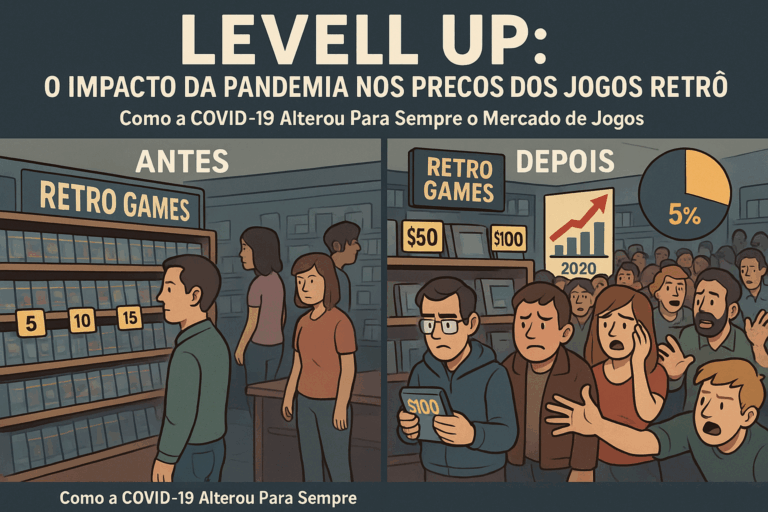In a world where technology is ever-evolving and the gaming industry is escalating to new heights, investment strategies have transcended traditional realms and have ventured into less conventional territories. One such territory is the sphere of video games, an area that can present lucrative opportunities if navigated with the right knowledge and expertise. In this comprehensive guide, we will delve deep into the intricate process of building a high-value game collection portfolio for maximum returns. Get ready to level up your investment strategy and unlock new dimensions of potential gains.
The idea of building a game collection portfolio for investment may seem far-fetched to some. Yet, the reality is that video games, like other collectibles such as comic books and baseball cards, have surged in value in recent years. As a result, they’ve piqued the interest of savvy investors looking to diversify their portfolios and explore untapped markets. Video games hold a unique appeal; they are not just mere pieces of entertainment but are artifacts that encapsulate the zeitgeist of their respective eras. By investing in them, you’re not just acquiring games; you’re purchasing pieces of history.
Embarking on this journey, however, is not a simple task. It requires a meticulous understanding of the market, the ability to discern the potential value of games and the skill to maintain and protect your collection. But fret not, for this article is your ultimate playbook. We’ll walk you through the steps needed to build a portfolio that is diverse, valuable and promising. We’ll discuss how to choose the right games, the importance of condition and rarity, strategies to maximize returns, and how to avoid common pitfalls that can hamper your investment.
Furthermore, the exciting aspect of this form of investment is the personal connection and passion that often comes with it. Many investors in this area are also gamers themselves, who have a deep-rooted love for the medium. They understand the nuances that make a game truly special and are keen to preserve these digital treasures. This dual role, as both investor and enthusiast, can make the process of building a game collection portfolio both profitable and profoundly satisfying.
In a nutshell, building a high-value game collection portfolio is a nuanced, yet exciting venture. It is an investment strategy that combines financial acumen with a passion for gaming, all while preserving pieces of digital history. So strap in, power up, and prepare to embark on a journey that may just change your investment game. Stay tuned as we delve into the fascinating world of video game investments and show you how to create a portfolio that’s sure to reap significant returns. The future of investment is here, and it’s time for you to level up your strategy!
Understanding the Video Game Collection Portfolio
Investing in a video game collection portfolio is not as simple as buying the latest games and waiting for their value to rise. It requires a strategic approach, a deep understanding of the market, and an eye for details that could influence a game’s future value. Many factors can affect the value of a game in your portfolio, from its rarity and condition to the reputation of its developers and its cultural significance.
Just like traditional investing, a successful game collection portfolio requires diversity. While it might be tempting to focus on popular games from big-name developers, investing in a range of games from different genres, platforms, and time periods can help to balance risk and potentially yield greater returns. This strategy can also allow you to take advantage of trends in the market, such as the recent surge in popularity of retro games.
While investing in video games can be lucrative, it’s important to remember that it’s also a highly speculative market. Prices can fluctuate wildly based on supply and demand, and there’s always the risk that a game could lose its value entirely. Therefore, it’s crucial to do your research and stay informed about market trends.
Identifying High-Value Games
Not all games are created equal when it comes to their investment potential. Some games are destined to become collector’s items, while others may not hold their value over time. It’s important to know how to identify high-value games, and the following factors can provide some guidance.
- Rarity: Games that were produced in limited quantities or are hard to find tend to be more valuable. This includes special edition versions and games that were pulled from shelves.
- Condition: Games that are in excellent condition, especially if they are still in their original packaging, can command a higher price.
- Reputation: Games from well-respected developers or franchises are more likely to hold their value.
- Cultural significance: Games that have had a significant impact on the industry or have a large and dedicated fanbase are often more valuable.
Building Your Video Game Collection Portfolio
Building a valuable video game collection portfolio requires careful planning and a strategic approach. The first step is to determine your budget and decide how much you’re willing to invest. From there, you can start researching games and identifying potential investments.
One useful tool for this is the PriceCharting website, which provides data on the current and historical prices of video games. This can give you an idea of a game’s value and how it has changed over time. However, it’s important to keep in mind that past performance is not a guarantee of future returns. Always do your own research and make decisions based on your own risk tolerance and investment goals.
Once you’ve identified potential investments, it’s time to start acquiring games. This can be done through a variety of channels, including online auction sites, game stores, and private sellers. When purchasing games, be sure to check their condition and verify their authenticity. Counterfeit games are unfortunately common, and they can significantly reduce the value of your portfolio.
Portfolio Diversification
Just as with traditional investments, diversification is key when building a video game collection portfolio. This means spreading your investments across a variety of games, genres, platforms, and time periods. Diversification can help to mitigate risk and increase the potential for returns.
| Game | Platform | Genre | Year |
|---|---|---|---|
| Super Mario Bros. | Nintendo NES | Platformer | 1985 |
| The Legend of Zelda: Ocarina of Time | Nintendo 64 | Action/Adventure | 1998 |
| BioShock Infinite | Xbox 360 | First-person shooter | 2013 |
| Final Fantasy VII Remake | PlayStation 4 | Role-playing | 2020 |
For a more in-depth look at video game collecting as an investment, check out the YouTube video “Video Game Collecting – Is It Worth It?” by the channel CGR Undertow.
Maintaining and Protecting Your Collection
Once you’ve built your video game collection portfolio, it’s crucial to properly maintain and protect it. This includes keeping your games in good condition, properly storing them, and regularly assessing their value.
Keeping your games in good condition is perhaps the most important aspect of maintaining your collection. This includes cleaning them regularly, keeping them in their original packaging if possible, and avoiding exposure to elements that could damage them, such as sunlight or moisture. Additionally, if a game comes with any accessories, such as instruction manuals or promotional materials, be sure to keep these in good condition as well, as they can add to the game’s value.
Proper storage is also essential. Games should be stored in a cool, dry place, away from direct sunlight. It’s also a good idea to keep them in protective cases or sleeves to avoid scratches or other damage.
Finally, it’s important to regularly assess the value of your collection. This includes keeping track of market trends and changes in game values. The PriceCharting website can be a useful tool for this, as it provides up-to-date price data for a wide range of games.
Insurance and Security
As your video game collection portfolio grows in value, it may become necessary to consider insurance and security measures. Many homeowner’s or renter’s insurance policies will cover collectibles, but it’s important to check your policy to be sure. If your collection is particularly valuable, you may need to purchase additional coverage.
In terms of security, keeping your collection in a safe or secured room can help protect it from theft or damage. It’s also a good idea to keep a detailed inventory of your collection, including descriptions and photos of each game, to help with insurance claims or police reports in case of loss.
To learn more about protecting your collection, watch the YouTube video “How to Protect Your Video Game Collection” by the channel MetalJesusRocks.

Conclusion
In conclusion, building and maintaining a successful video game collection portfolio is a complex but rewarding endeavor. It requires a strategic approach, a deep understanding of the market, and a keen eye for detail. Just as with traditional investing, a diversified portfolio that covers a range of games from different genres, platforms, and periods can mitigate risk and potentially yield greater returns.
The key to successful investment in video games lies in the ability to identify high-value games. Rarity, condition, reputation, and cultural significance are all factors that can influence a game’s future value. Therefore, it’s essential to research thoroughly and stay informed about market trends. Websites like PriceCharting can be valuable tools for this, offering current and historical price data for a wide range of games.
Acquiring games for your collection is just the beginning. Once you’ve built your portfolio, it’s crucial to maintain and protect it. This involves keeping your games in good condition, storing them properly, and regularly assessing their value. As your collection grows in value, you may also need to consider insurance and security measures. Remember, counterfeit games are unfortunately common, so always verify the authenticity of your purchases.
The world of video game collecting can be a lucrative one, but it’s also a highly speculative market. Prices can fluctuate wildly based on supply and demand, and there’s always the risk that a game could lose its value entirely. But with careful planning, diligent research, and a passion for games, you can build a collection that not only holds significant financial value but also brings you a great deal of personal enjoyment.
If you’re interested in learning more about this topic, check out the YouTube video “Video Game Collecting – Is It Worth It?” by CGR Undertow [INSERT LINK] and “How to Protect Your Video Game Collection” by MetalJesusRocks [INSERT LINK]. Both offer valuable insights and tips for building and protecting a successful video game collection portfolio.
Your feedback and thoughts are always appreciated, so feel free to comment or share this article with others. Whether you’re a seasoned collector or just getting started, there’s always more to learn and discover in the exciting world of video game collecting. Happy collecting!
Reference:
PriceCharting – Video Game Prices & Values. [INSERT LINK]
CGR Undertow – Video Game Collecting – Is It Worth It?. [INSERT LINK]
MetalJesusRocks – How to Protect Your Video Game Collection. [INSERT LINK]



